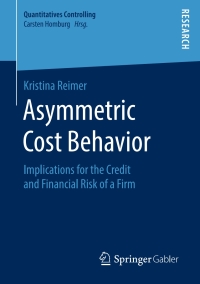Question
Problem Solving - Journal: Using the data in the attached spreadsheet, perform the accounting required for the acquisition of Little, Inc. by Big, Inc. Within
Problem Solving - Journal: Using the data in the attached spreadsheet, perform the accounting required for the acquisition of Little, Inc. by Big, Inc. Within the worksheet, you are to: 1. Select an accounting method (either cost or equity) and explain why you selected this method 2. Perform the required journal entries 3. Complete the consolidation worksheet 4. Prepare the consolidated balance sheet, income statement, and statement of equity in good form Complete all work on the spreadsheet attached to this assignment. Clearly identify the requirements being addressed. Show all calculations within the cells of an Excel spreadsheet. This means that you must use formulas and links so that the thought process can be examined. Make good use of comments to convey your thought process as well. No hard coding of solutions. Make sure to label your answers and provide support where needed. Your responses should be complete, well written, and in conformity with APA Requirements.
Step by Step Solution
There are 3 Steps involved in it
Step: 1

Get Instant Access to Expert-Tailored Solutions
See step-by-step solutions with expert insights and AI powered tools for academic success
Step: 2

Step: 3

Ace Your Homework with AI
Get the answers you need in no time with our AI-driven, step-by-step assistance
Get Started


